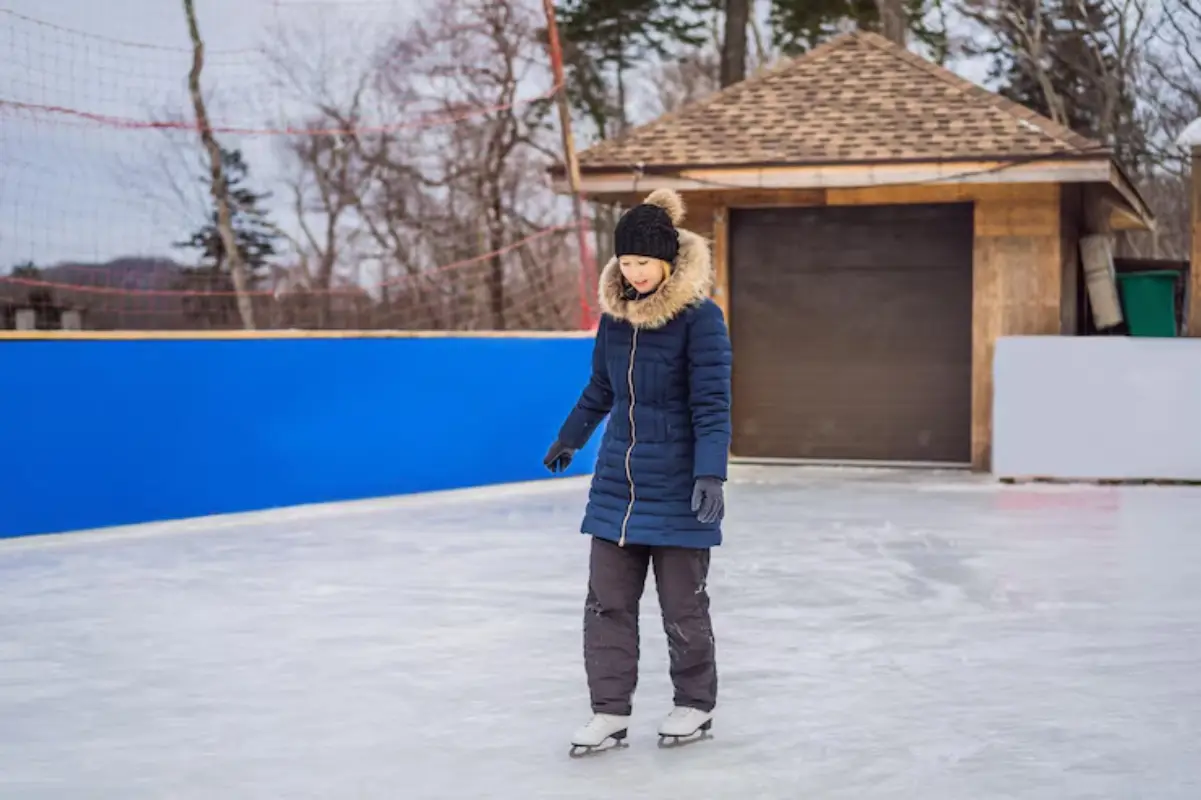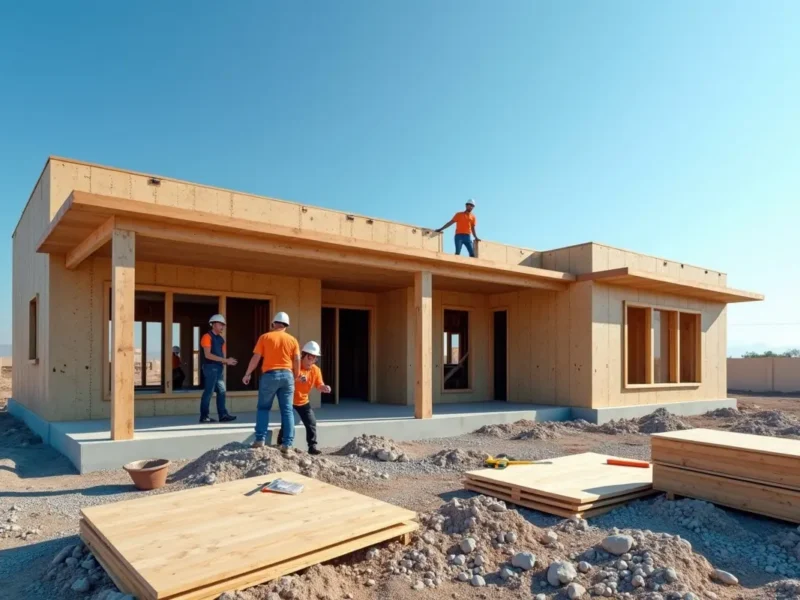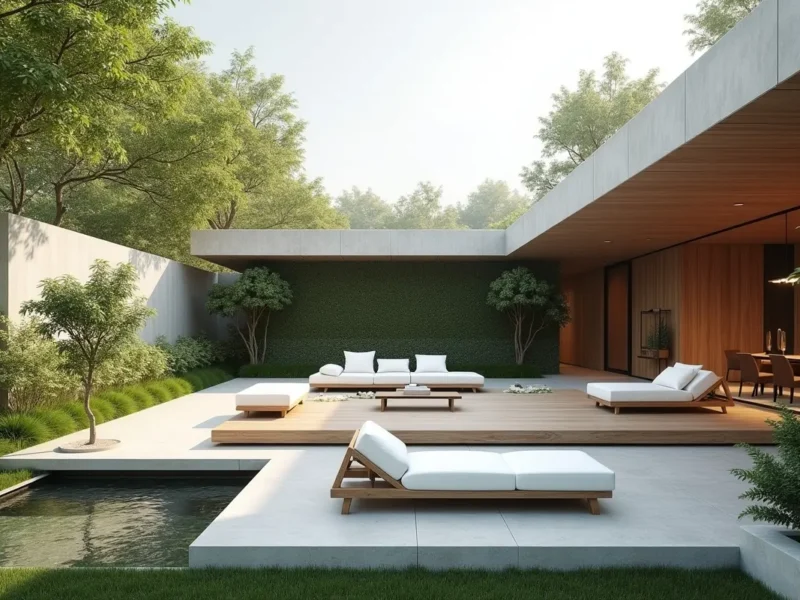Skating in your home was little more than a fantasy for most people. Building a traditional ice rink in the backyard required specific climate conditions, constant freezing, costly materials, and a significant time commitment. Now, advances in technology have led to the development of synthetic ice panels, which deliver an impressive skating experience with none of the seasonal or logistical constraints that once held enthusiasts back. Products like the modern backyard ice rink allow individuals and families to enjoy the thrill of skating without relying on cold weather or heavy-duty refrigeration systems.
These synthetic ice rinks are made of high-density polyethylene or similar polymers, explicitly engineered to allow ice skates to glide almost as smoothly as on frozen water. The modular nature of these rinks means they can be adapted to fit nearly any available space, whether a small section of a garage, a full basement, or even a corner of a paved outdoor area.
Plus, installation often involves little more than snapping the panels together, making it accessible to people who’ve never attempted anything similar. Having an at-home rink year-round unlocks new opportunities for sports lovers, athletes, and families everywhere, turning those once far-fetched dreams into a practical, everyday reality.
Contents
- 1 Benefits of Synthetic Ice at Home
- 2 How Does Synthetic Ice Perform Compared to Real Ice?
- 3 Installation and Maintenance Ease
- 4 Cost Considerations and Budget-Friendly Options
- 5 Eco-Friendly Practices in Synthetic Ice Manufacturing
- 6 Home Rinks for Skill Building and Fun
- 7 Future Trends in At-Home Ice Recreation
Benefits of Synthetic Ice at Home
Creating a synthetic ice surface at home opens new possibilities for fun, exercise, and family bonding. Imagine heading to your rink after dinner or having a private space for hockey drills at sunrise—no driving, no fees, and no crowded locker rooms. Having a surface at home builds consistency for athletes in training, who can seamlessly fit quick stickhandling sessions or edge work practice into breaks between daily activities. This accessibility is especially beneficial for young athletes passionate about honing their skills but may have busy school schedules that make regular trips to public rinks tough.
- Accessible for all skill levels: Beginners and seasoned skaters alike find synthetic rinks easier to use, with a slightly less slippery surface, making early skills and balance easier to master.
- All-weather and year-round fun: Synthetic ice panels are not impacted by outdoor temperature or humidity, so you can skate, train, and play whenever you like, regardless of the season or region.
- Flexible for many uses: Whether you’re interested in hockey, figure skating, general fitness, or just having friends over for a unique party, your at-home rink can quickly adapt to any event.
- Family engagement: Shared activities encourage more time spent together, supporting strong family bonds in a positive and fun environment.
- Reduced travel and overhead: Cutting out weekly travel to public rinks means more time for what matters—and notable savings on fees, gas, and rentals.
Synthetic rinks are changing how families view recreation by giving people convenient access to their favorite ice activities, making skating and related sports part of everyday life.
How Does Synthetic Ice Perform Compared to Real Ice?
One of the biggest concerns for skaters and hockey players with synthetic ice is the quality of the skating experience. How can plastic panels possibly mimic the feeling of skating on frozen water? According to equipment manager insights from the NHL, the performance gap continues to narrow as materials improve yearly. While there is a slight increase in drag or resistance compared to natural ice, most users quickly adjust after a few sessions, and many experts say the extra resistance helps build lower-body strength and finer skating technique.
Today’s synthetic panels often include self-lubricating properties, so they don’t require messy sprays or additional additives. These technological improvements help make the experience virtually maintenance-free and ensure the glide stays consistent over time.
Professional athletes and serious hobbyists worldwide now use synthetic ice for off-season drills, with many reporting improvements in stickhandling, shooting accuracy, and agility due to regular practice on this surface. Whether you’re preparing for the big leagues or just picking up a new winter hobby, synthetic rinks deliver a reliable platform to develop, without the unpredictability or limitations of weather-dependent ice.
Installation and Maintenance Ease
Many homeowners are surprised at how accessible synthetic rinks are to set up. The typical installation process is straightforward: align panels, click them together like puzzle pieces, and you’re ready to skate. No refrigeration systems, plumbing, or specialized tools are required. For larger setups, such as transforming a two-car garage into a family skating arena, the panels’ modular system allows users to shape and size their rinks as needed, ensuring an ideal fit for any available space.
Regular maintenance is just as simple: sweeping away dust and grit keeps the surface smooth and enjoyable for daily use. An occasional mop with plain water is usually sufficient, and some homeowners report their rinks looking like new even after years of use. Without the constantly running compressors, water-top offs, and labor-intensive resurfacing of refrigerated ice, synthetic options truly minimize the time, money, and energy spent on upkeep. This simplicity is a significant reason why synthetic rinks are catching on with families and athletes who crave both low maintenance and high performance.
Cost Considerations and Budget-Friendly Options
The financial aspect of home ice is a significant consideration, but one where synthetic solutions shine in the long term. Constructing and maintaining a traditional backyard or garage rink not only costs thousands of dollars upfront, but it also incurs monthly utility bills, water usage, and repair expenses. In contrast, synthetic ice panels represent a one-time investment, typically lasting over a decade with regular home use, without subsequent energy or maintenance costs.
Families can begin with a smaller space for focused skills practice, like a stickhandling or shooting pad, and gradually expand to fit their needs. According to the growing popularity of synthetic ice rinks reported in USA Today, more people are turning to synthetic solutions as an affordable, long-term alternative. Industry statistics show a dramatic increase in urban and suburban home installations. Whether you want a small practice square or a sprawling backyard layout, synthetic options have become a realistic upgrade for various budgets.
Eco-Friendly Practices in Synthetic Ice Manufacturing
Sustainability and environmental consciousness are guiding consumer choices more than ever. Unlike refrigerated rinks, which can consume vast amounts of electricity, sometimes equivalent to several average households, synthetic ice requires zero power once installed. Modern manufacturers are also moving toward greener materials, incorporating recycled plastics and sustainable practices in production. This evolution reduces environmental impact and helps consumers feel confident that their recreational upgrades align with broader efforts to protect the planet.
Eliminating the need for water-intensive maintenance further cements synthetic ice’s eco-friendly status. It’s a win-win for environmentally conscious households: less energy is used, significantly reducing water waste. As these surfaces’ popularity grows, so will innovations in recycled and even biodegradable materials, widening their appeal to those seeking both fun and sustainability in their home improvement projects.
Home Rinks for Skill Building and Fun
A synthetic rink provides far more than just a place to skate—it is a training studio, a fitness space, and a hub for celebrations. From stickhandling clinics to solo figure skating sessions and off-ice cross-training, the versatility of at-home synthetic ice is unmatched. Private lessons, friendly pick-up games, or simply practicing a new move after school become part of the weekly routine, free from the constraints of rink schedules and seasonal closures.
- Host dynamic hockey drills, figure skating lessons, and skill-building exercises from the comfort of home
- Beginner skaters can safely learn balance and movement in a controlled, familiar environment.
- Turn your space into a fitness area, ideal for low-impact cardiovascular workouts or coordination drills.
- Use the rink as a party centerpiece, creating memorable, one-of-a-kind celebrations for friends and family.
Many families share stories of their synthetic rinks becoming beloved gathering spaces. One Minnesota family converted a basement into a hockey sanctuary, allowing 12-month practice seasons and fun with friends throughout the year. Such flexibility is transforming how home recreation is planned and enjoyed.
Future Trends in At-Home Ice Recreation
Synthetic ice technology continues to improve rapidly, promising even greater realism, durability, and customizability. With panel composition and design innovations, tomorrow’s synthetic surfaces will offer skate responses and visual cues increasingly indistinguishable from natural ice. Industry insiders predict digital integrations—such as interactive lighting or built-in training analytics—will make these home rinks even more engaging and practical, particularly for aspiring athletes seeking data-driven feedback.
The increasing affordability and sustainable production of synthetic ice will expand access to even more households. In just a few years, these modern rinks will likely become as common as backyard basketball hoops or home fitness stations. For families, teams, and communities, synthetic ice is set to provide lasting opportunities for play, growth, and togetherness, ensuring that the joys of the rink are never out of season or out of reach.



